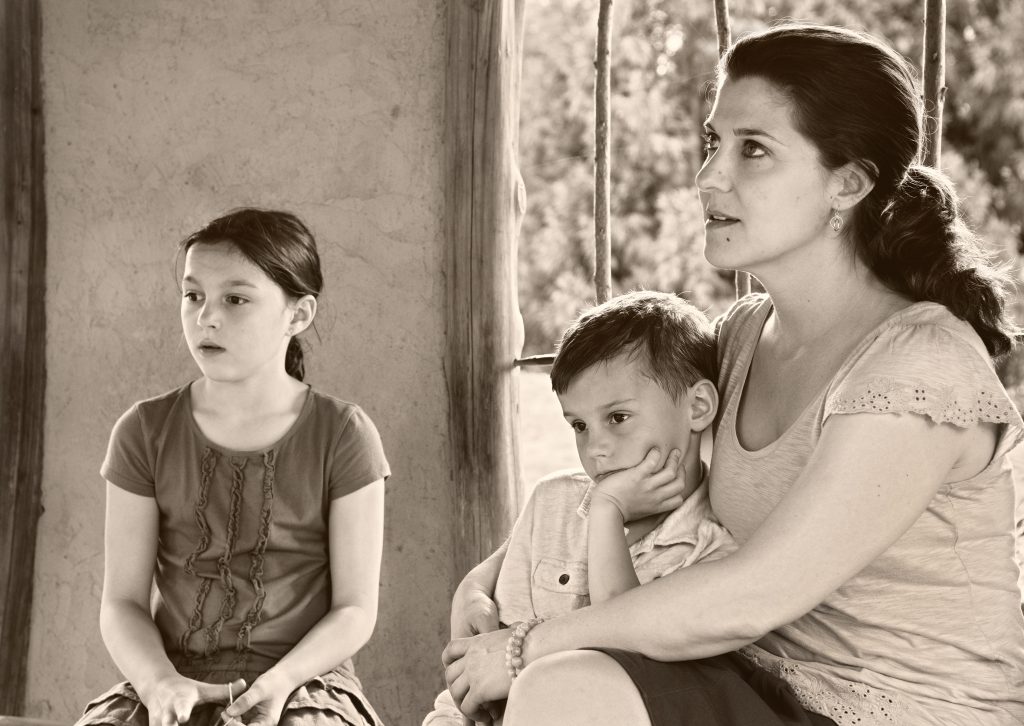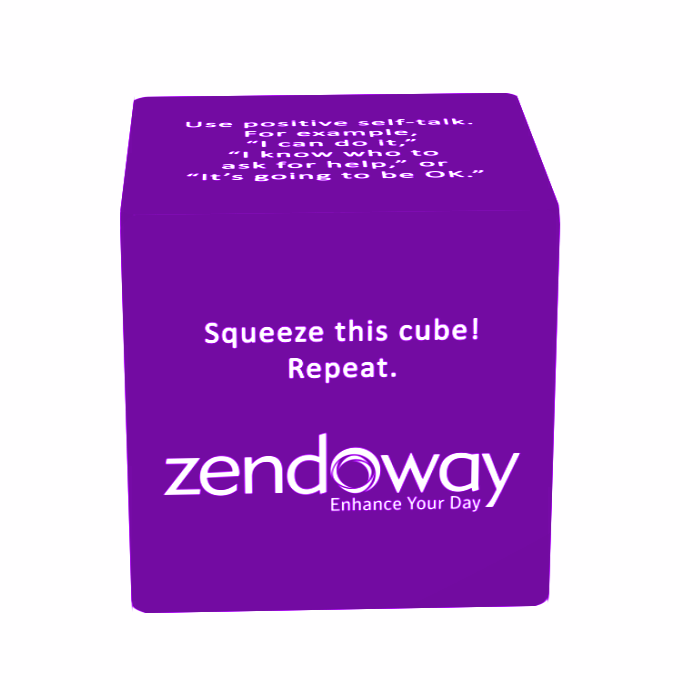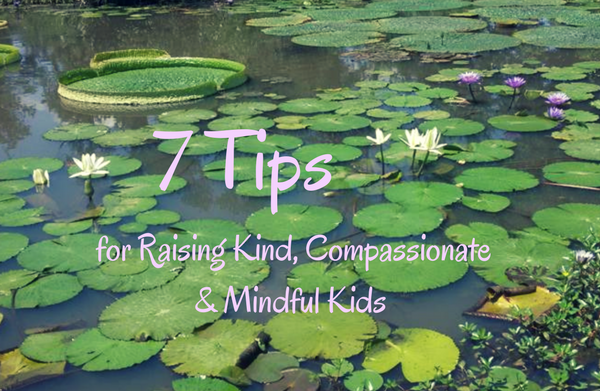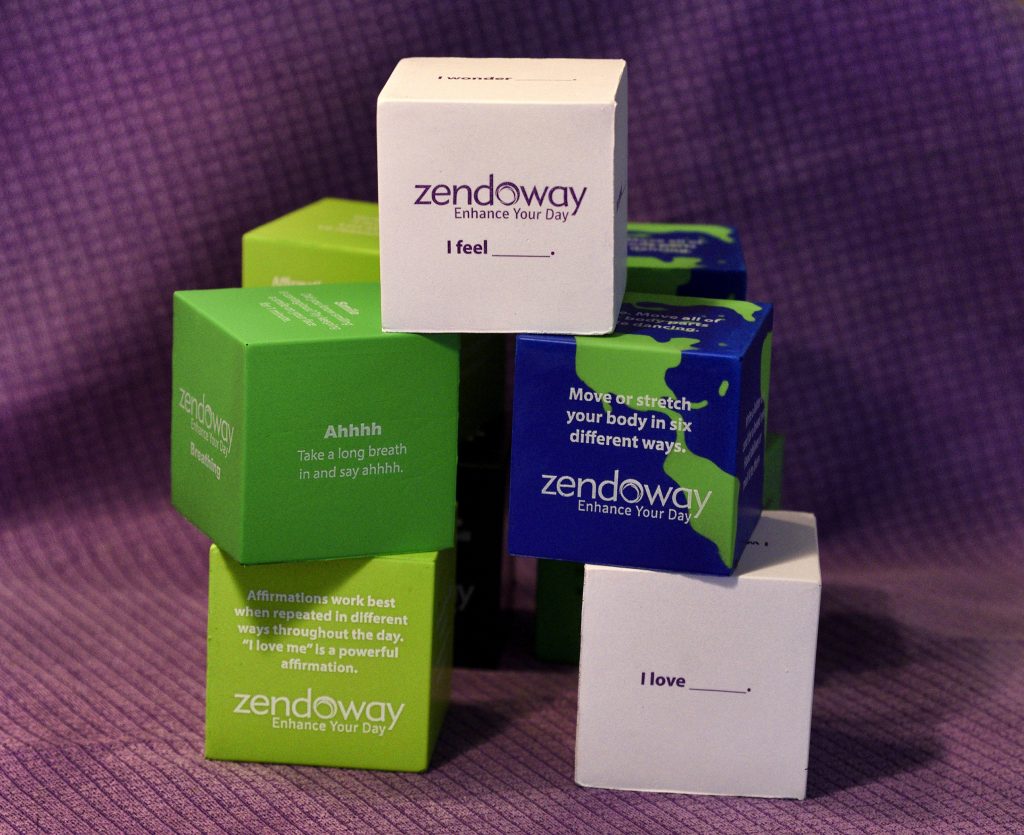As parents, we all have expectations for our children. How we convey and model those expectations can make all the difference.
Both of my kids know by now that I expect them to get perfect marks on one particular section of their report cards: the “Life, Work, and Citizenship Skills” section. This wonderful section is all about their behavior, the actions they take in relation to themselves and others. Categories include:
- Takes responsibility for actions
- Demonstrates active listening skills
- Resolves conflict effectively
- Is a respectful and contributing participant in school
- Demonstrates self-control
My kids know that I care more about their behavior than their math scores (although those still matter!), and that in our household, being kind is the most important virtue.
But the best part is that they get it. They’re not just following parental dictates; they’re learning and making healthy, positive choices for themselves because they want to!
I have learned through plenty of trial and error that effective parenting is not about demands, but about modeling, teaching and creating an environment in which our kids feel safe to express all their emotions. While we all know this isn’t easy, I also want you to know that it might not be as hard as it sounds. The secret? Make the learning fun!
After creating an activity book If It Does Not Grow: Say No for kids to have fun with making healthy eating choices, I wanted a wanted a similar fun way to help start those important conversations about feelings and behaviors.
So I created sets of squeezable cubes with different prompts on every side. My kids have given the ultimate seal of approval: they actually use the cubes!
Here are some suggestions on how we can use the cubes and other activities to support our children in being compassionate, kind and mindful.
1. Build Trust to Foster Open Communication
I have a deal with my kids that if they tell the truth when something goes wrong, then they will not get in trouble. I figure if we start with relatively small issues when they are young, when more complex issues arise, I will have already built that trust with them, so we start with admitting things such as, “Mommy, I broke a glass” or “I got in trouble in school today.”
For example, my 9-year-old son recently had an argument with a little girl at school. He told me exactly what transpired, so when I received a note from the teacher, I was able to say, “I am aware, and we have discussed it.”
We talk about what strategies we can use to not get upset. I encourage my kids to feel whatever emotion they feel, and then pivot to a more positive emotion. My son’s his 10-year-old sister suggested that he bring the “Feeling” cube to school so he could squeeze it and sort through his emotions!
The other prompts on the “Feeling” cube are “I see,” “I am grateful,” “I am proud,” “I feel,” “I wonder,” and “I love.” Any of those could give him a focused way to explore his feelings. Going to school the next day, my son felt empowered to make the right choices.

On a side note, I must share how tickled I was when my son suggested he and I write notes to each other, and in his note to me, he said how he loves the rule that if he breaks something and tells me, he doesn’t get in trouble “…and that’s why you’re the best mom ever!”
2. Give Responsibilities (not orders)
I was a latch-key kid who, starting in fourth grade, cooked, cleaned and did the laundry for my family. I believe those early responsibilities played an important part in building my strong work ethic and confidence in my abilities to solve any problem.
To instill a similar ethic and sense of confidence in my kids, I treat home chores as a team effort to keep our household functioning: we all have to pitch in and help to ensure the workload is balanced.
I’d love to report that my kids always rush to do their chores, happy to be learning lessons of responsibilities, but of course that’s not the case. Kids are still kids. I have found that when I pester my kids to chip in and do their chores, it simply does not motivate them at all. In fact, sometimes they just dig in their heels and fuss even more about having to do the chores.
However, when I instead encourage them by saying things like, “I really love how we work as a team to keep the house in order,” or “I really appreciate how you folded the laundry,” they are much more inclined to actively contribute.
3. Encourage Self Care and Love
One area that took years to for me to learn is allowing myself to take time to care for and love myself. Our culture thrives on being busy, applauding those who are the busiest. I want my kids to know a different way and to feel fully supported in their needs to maintain daily balance.
For instance, my son needs time outside every day after school, while my daughter needs to draw or read. I encourage them both to take the time they each need to regroup after a long day at school.
The “I Love Me Affirmations” cube has prompts that ask you to write down why you love yourself, create a love dance or song, repeat, “I love me” 10 times, and other similar activities. The self-love affirmation is a powerful tool as we all need that daily reminder that we are awesome.
Using the cubes at the dinner table is an interactive way to spark new conversations and learn about each other. The first time I gave my daughter this cube to roll at the dinner table, she said, “I don’t love anything about myself.” I was baffled, since she shows a consistent front of self-confidence and happiness. With further conversation, I was able to figure out that she just had a bad day and was temporarily feeling down, something we can all relate to. I was so grateful that the cube facilitated that conversation so I could support her!
4. Make Family Fun a Priority
Wonderful memories are made from family fun and play, so we make it a priority to play, sing, dance, and be silly every day. At breakfast and during our morning routine, I put on music and set our “Play” cube on the counter. Before I used this strategy, our mornings were full of bickering and rushing. Now our routine is to start the day with light-hearted interaction and fun, with the sides of the “Play” cube setting the tone for the day.
Some of the “Play” prompts are: “Do something kind for someone you know or a stranger,” “Play ‘I Wonder,’” “Move or stretch your body in six different ways,” “Dance. Move all your body parts while dancing,” Magically, with very little effort, the tone is set for having a positive and productive day.
5. Model and Teach Self-Regulation
Many times we are quick to tell others how to feel rather than allowing them to just feel whatever it is so it can dissolve. More important than our initial reaction is how we self-regulate to feel the anger, frustration or sadness and then move to a peaceful feeling.
Just walking away for a few moments to breathe is a simple strategy, and if we parents model and teach this behavior, our kids will also use their breath rather than harsh words or knee-jerk actions. In fact, just yesterday when my son was getting frustrated with his sister, I saw him take a deep breath and just walk away.
The “Breathing” cube reminds us to breathe — a simple but powerful calming action. I donated the breathing cubes to my kids’ school and another local school, and they use them in the classrooms as a tool to either squeeze or bring the class back to peace with simple breathing techniques. I also use them at home and in my yoga classes as well to teach and talk about the power of our breath to calm and soothe us in any situation, whether it’s to pivot a negative emotion or prepare us for taking a test.
6. Say You’re Sorry
In my classrooms and at home, we have a do-over policy, and we all say we are sorry when an apology is warranted. I am not a perfect mom, and sometimes in a busy day, I fail to be a good role model and yell instead of using all the strategies above. When this happens, I typically get angry with myself, berating myself for messing up…and then I remember I am human.
I apologize to my kids and ask them for a do-over. In turn, my kiddos are quick to apologize and take accountability for their actions. We then talk about how emotions are challenging to manage and that we have so many tools to use, yet when we don’t use them successfully, we take accountability and say we are sorry. We begin again.
One of the prompts on the “Play” cube is to “Write a letter or create a card for a loved one. (Hand deliver or mail it to them).” That card or letter could be a creative way for your kid (and you!) to say “I’m sorry.”
7. Practice Gratitude
In a culture that is often fueled by complaints and a focus on what’s wrong in the world, we can all use a good dose of gratitude. It’s important to teach our kids how to appreciate things and focus on what they are grateful for, and have found it’s not hard to start a gratitude routine.
When my kids and I gather for dinner, we each share what we are grateful for. Some days the kiddos are all into it, but other days they roll their eyes, like “oh great, here we go again.” So I just start by sharing my own gratitude, and the kids always come around, joining in willingly after all. We also do our gratitude practice when guests or friends are with us for dinner, and usually everyone joins in. Apparently gratitude is contagious!
The “Feelings” cube also gives us a more random way to practice gratitude. One of the prompts is “I am grateful…” so we get to pay attention to what we appreciate at that exact moment. Of all the lessons I hope we can teach our kids, I hope we teach — and model — kindness, compassion, and mindfulness.
Previous versions of this post have appeared on the Zendoway blog and at Stress-Free Kids.
Zendoway is a partner of Mindful Healthy Life. See this previous post about the activity book.

Kerry is the founder and visionary of Zendoway and hopes to share with you from all her life experiences. Kerry also serves as the Director of Human Resources and Operations for Actualize Consulting in which she spear headed and runs a successful wellness program. In addition to If It Does Not Grow – Just Say No, she has authored “Audrey’s Journey” a children’s book series focused on living with compassion and joy and “Pile of Smile Activity Book”, free for children undergoing treatment for cancer. Contact via email kerry@zendoway.com or visit her website www.kerryalison.com


